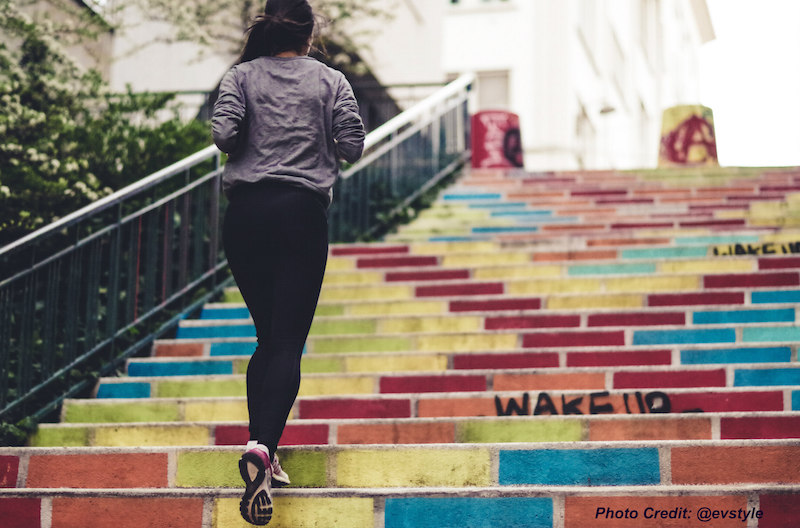If you google the question ‘How can I ride my bike to work without getting sweaty?’, you will get almost 19 million results just for the last month. For all the urban mobility talk about how to encourage walking and cycling in the city, the fact is that they mean a higher factor of perspiration.
Scott Cain came up with a solution that touches on this basic part of human biology, our sense of shame, which will make other people think less of us. He has created RunFriendly, the Airbnb of showers on demand in London, to set citizens free with a good purpose: to encourage walking, cycling and even running in cities by making the logistic part around them easier.
RunFriendly users get access on demand to gyms, hotels and other spaces to get showered and changed. Whether people are going to work, meeting friends or shopping, Scott’s idea helps citizens experience the city more actively. On the other side, it contributes to the efficient use of facilities available in the city. Because the application works on ways to inform and track the capacity of partner venues and ‘end-of-trip’ facilities specifically, to help smooth demand and avoid peak time pressures.
There is plenty of room to see more bikes around London.
According to the Report of ‘Transport Statistics Great Britain’ published in November 2017 around 19% of all trips in England in 2016 were for commuting/business purposes and over a quarter were for leisure purposes like visit friends, sports and holidays and day journeys. However, only 2% of all the trips were by bike.
The health benefits of the cardio-vascular and aerobic exercises that, not only cycling, but also running and walking imply are strong incentives to sneak them into people’s daily commuting. They offer a good alternative to exercising in indoor gyms.
‘We all know that running and getting a sweat on is a good thing. Staying sweaty afterwards, less good’ points out Scott.
He is helping hesitant citizens who could be potential cyclers, walkers or runners to deal with this burden.
But is running better than walking or cycling?
Scott’s take on it is that ‘either cycling, running or walking means, in the views of science and research, moving by your own power. As a result, it makes people more happy and healthier, not only in the moment of exercise but over the longer term. In addition, we are also more trusting of those around us, and we are more engaged with our communities and places’.
However, running is most probably better exercise than biking and walking. The decision to do one thing or the other would depend on the convenience of the route.
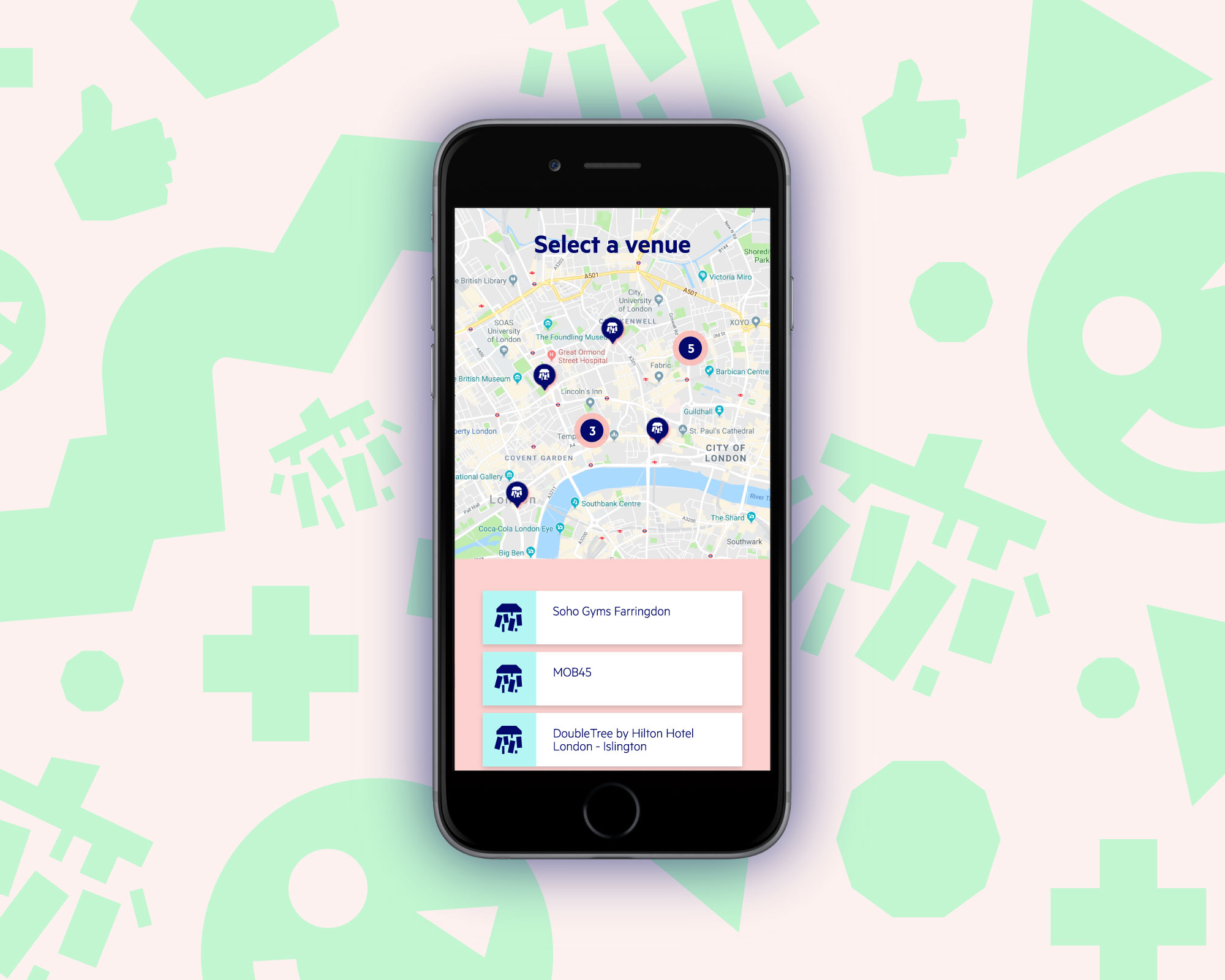
Similarly, avoiding traffic or a sweltering tube commute, saving money and the good feeling of helping make the air quality better for everyone in the city are all additional benefits for a motorless commute.
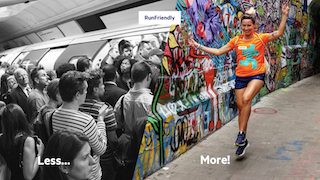
Moreover, The RunFriendly team is exploring in a research project with the University of Leeds and with the bus and train operator, The Go- Ahead Group, the potential of an active ‘first and last mile’ travel -whether that would be for all or part of the journey- under the umbrella of the Future of Transport. His team has put forward recommendations, which can enable more active travel for far greater numbers of people. They focus on investment in and around train stations, as well as positive nudges to engage commuters when on trains and buses to consider active modes.
Also improved self-esteem is a key psychological benefit of regular physical activity.
‘When you exercise, your body releases chemicals called endorphins, that make you have a positive and energizing outlook on life, a feeling, known as a runner’s high’, explains Scott.
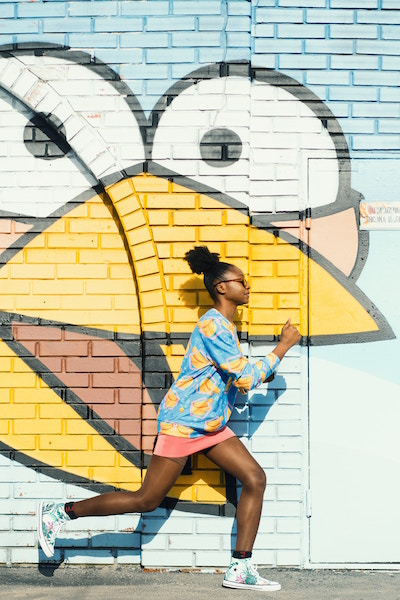
Statistics in cities about mental health are alarming. One in four people suffer a diagnosable mental health condition in London. For instance, in New York City alone, 4% of the adult population has a serious mental health issue. Providing solutions to mental health challenges need to become high on cities’ agenda.
When Scott’s mother was diagnosed with bipolar disorder, he experienced first hand the benefits of her regular walks. ‘Moreover either running, cycling or walking increases your cognitive skills and help prevent cognitive decline because people keep interacting with the environment around them’, explains Scott.
An organization called Centric Lab uses the exponential potential of neuroscience to make healthier cities for human life. ‘Since the human brain reacts and interacts with the built environment, neuroscience is starting to add a sophisticated layer of intelligence onto understanding how urban environments can become resilient from a human perspective’, explains Josh Artus, co-founder of Centric Lab.
In 2017 Scott Cain, whilst working at the Future Cities Catapult, commissioned Centric Lab in partnership with the University College of London to produce a playbook on integrating neuroscience to cities.
Certain toxins (produced by traffic, industrial parks), environmental stressors (noise and light pollution), climate conditions (urban heat islands) and social conditions (isolation) have been found to contribute to mental health problems. Playbook Neurosience in cities
The improvement through the lenses of Neuroscience of more human-centric, fit-for-purpose and resilient built environments in cities, such as light, sound, or street typography, that support human activity, could encourage walking and cycling leading to a greater wellbeing of citizens in an ever increasing complex urban society. The same with human-centric design-led product innovations like RunFriendly.
Also the project called ‘SaferUp! -Thinking Beyond the Pavement’ at the Centre for Transport Studies of the University College of London is researching to design healthier and more accessible walking surfaces to use in our cities. According to one of the researchers, Octavio Zamudio, ‘poor pavement quality represents social costs indirectly reflected on healthcare bills related to falls, isolation and sedentary lifestyle. By using a transdisciplinary, human-centric approach we are trying to determine the potential long/short-term health benefits of using impact-absorbing surfaces in urban environments. By analysing users’ perception we find out if these surfaces could help to encourage walking and cycling’.
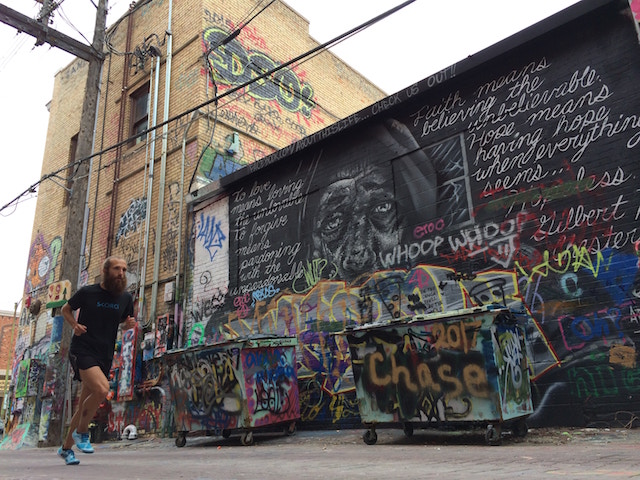
In the welcome note of the ‘Neuroscience for cities’ playbook by Nick Tyler, Director of the Centre for Transport Studies of the University College of London, he expounds ‘for me, a person can never walk on the same street twice. People recreate their city every time they experience it. The urban environment is not made up of a combination of static structures and memories, but it is instead an ephemeral place where people constantly experience their surroundings afresh’.
The first time I had a conference video call with Scott Cain, he was on his smart phone walking to work. The background of our video call was the greenery of a beautiful park. I couldn’t think of a better work environment to talk about urban mobility and cities. The second time we met personally in London; he came to our appointment running dressed in sport gear and with his work backpack.
I sensed his happiness and freedom. Each commute trip is an experience, gives you the right energy and, most importantly, the freedom of knowing that afterwards you can get a refreshing shower. This runner’s high is contagious and could set active citizens free and happy. RunFriendly is bang on.
This article is the result of one of our ‘City talks’, where we bring together urban activists, academia, urban planners and any other person working to improve life for all in cities.
